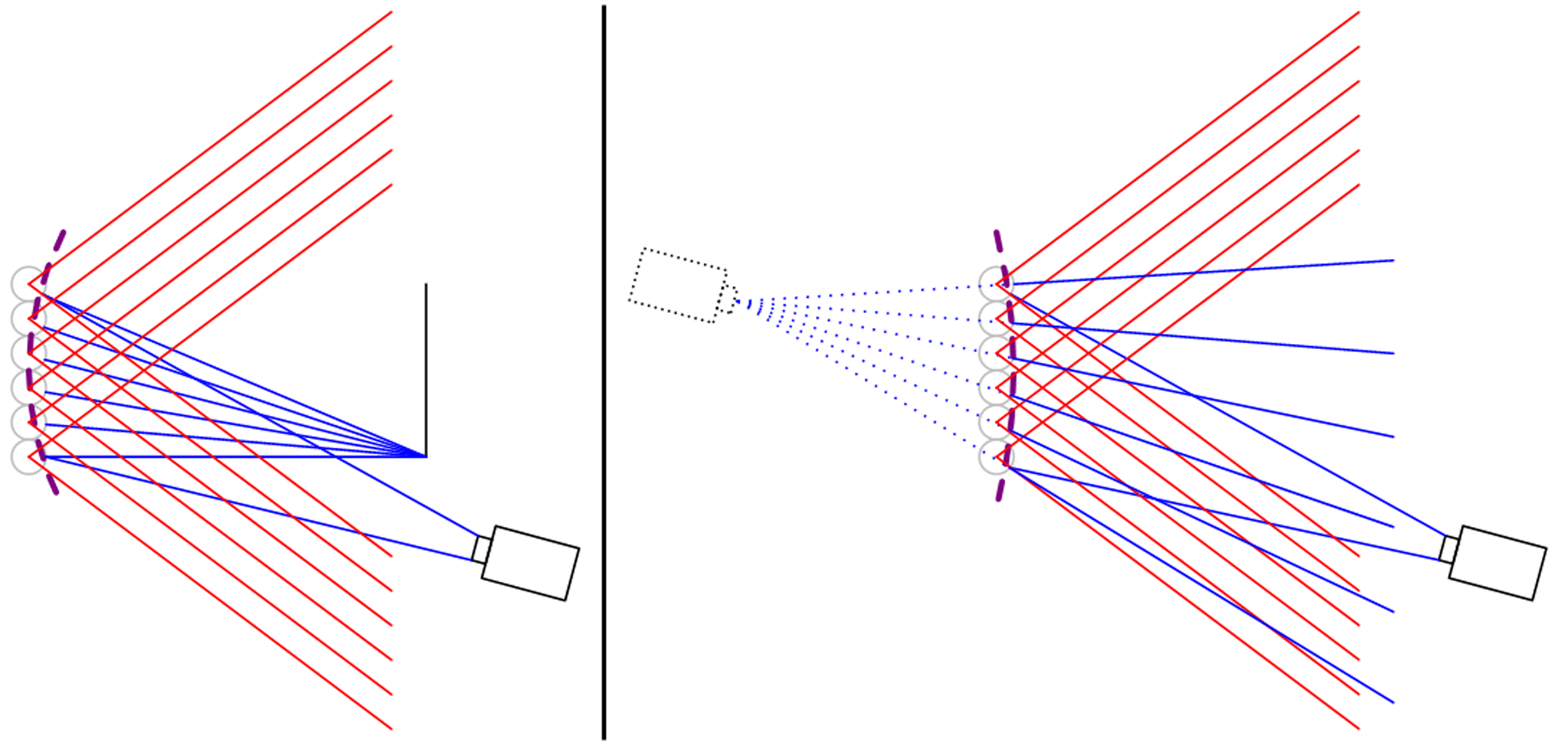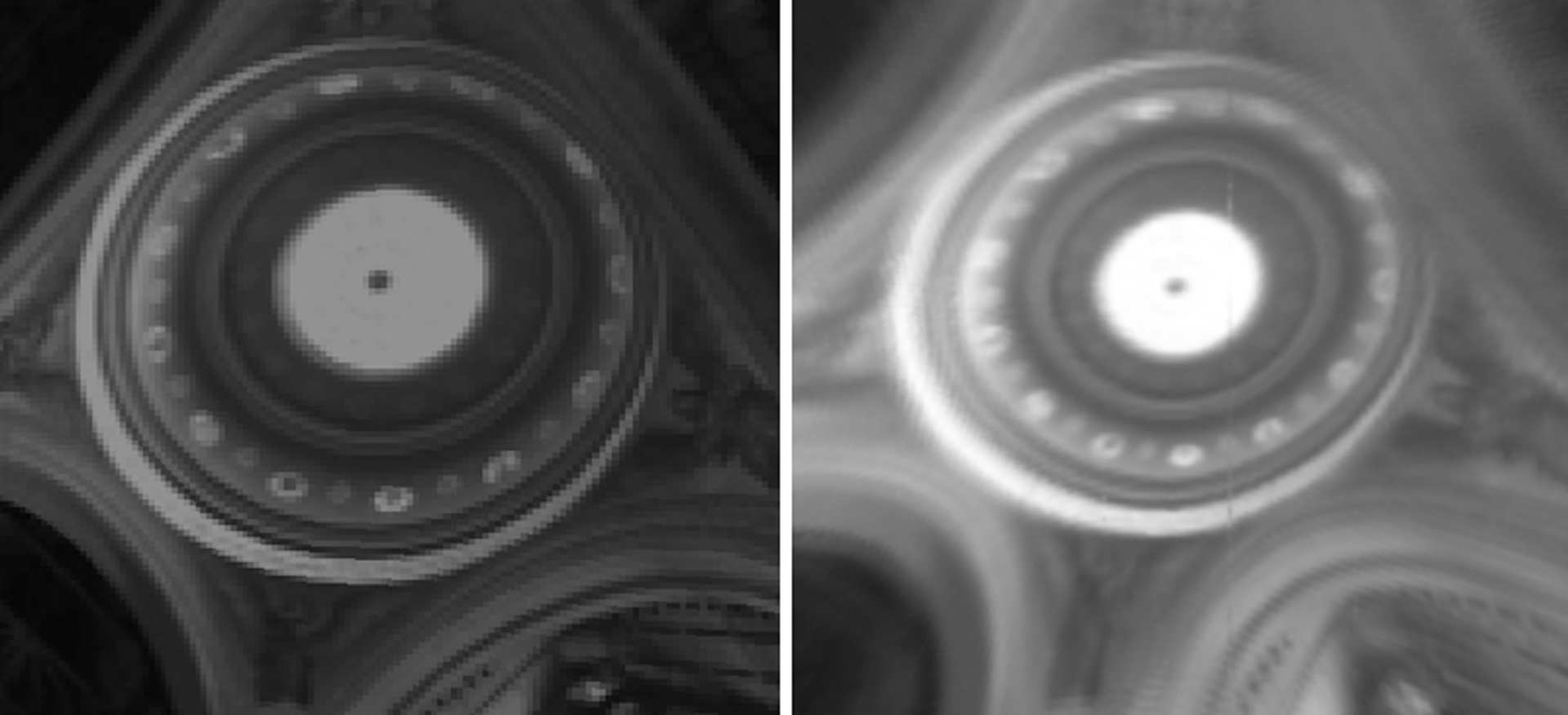“A catadioptric projector system with application to pseudo HDR display” by Baumann, Zhang and Yang
Conference:
Type(s):
Title:
- A catadioptric projector system with application to pseudo HDR display
Presenter(s)/Author(s):
Abstract:
It has been shown in computer vision that combining reflective components (e.g. mirrors) with refractive components (e.g. lenses) can greatly increase the flexibility and functionality of an optic imaging system, such as increased field of view and reconstruction from a single image. Cameras with both lenses and mirrors are typically referred to as catadioptric systems. A projector, as the dual of a camera, can also benefit from catadioptric optics. For example, it is possible to bend the light rays to optically compensate for distortions caused by projection [Swaminathan et al. 2004]. However, different mirror shapes have to be used for different setups.
References:
1. Seetzen, H., Heidrich, W., Stuerzlinger, W., Ward, G., Whitehead, L., Trentacoste, M., Ghosh, A., and Vorozcovs, A. 2004. High dynamic range display systems. In SIGGRAPH ’04: ACM SIGGRAPH 2004 Papers, ACM Press, New York, NY, USA, 760–768.
2. Swaminathan, R., Nayar, S., and Grossberg, M. 2004. Designing Mirrors for Catadioptric Systems that Minimize Image Errors. In Fifth Workshop on Omnidirectional Vision.





